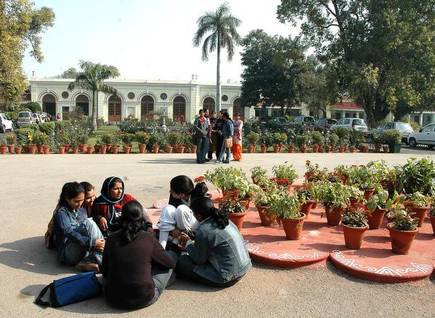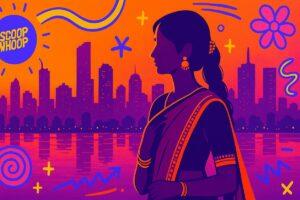Sundar, susheel, aagyakaari.
Beautiful, sincere, obedient.
It’s 2020 but you will still find a number of people looking for these qualities in their future wife/daughter-in-law.
The proof of the same can be found in numerous matrimonial ads.
Which brings us to a post on Instagram page Zikr-e-Dilli, which discusses in detail, how matrimonial ads in the late 90s used to specifically mention: ‘Girls from JNU, LSR or Miranda House need not apply’.
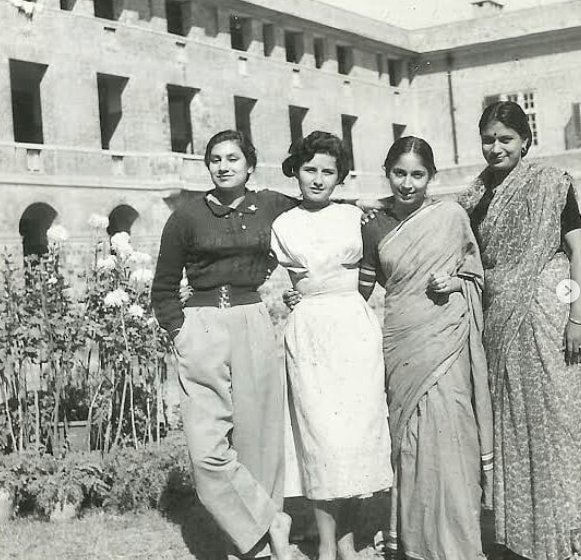
The reason? Presumably, that if they are educated from these prestigious women colleges, they’ll ask questions, rebel against injustice, question the deep-rooted patriarchy.
Majority of families did not even want to consider the possibility of these things happening.
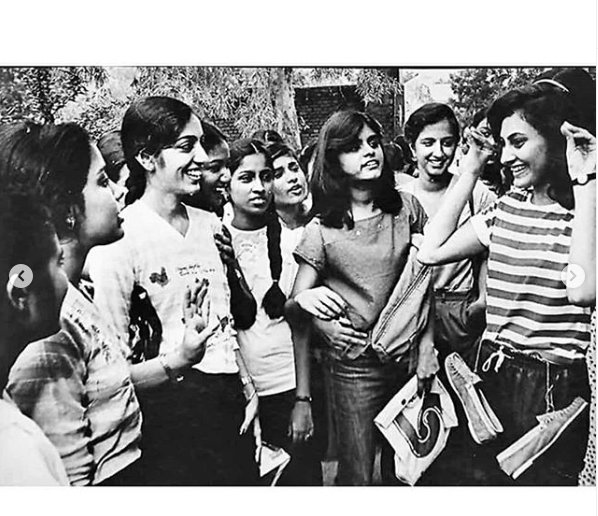
The post further mentions, how the grooms’ families would go as far as mentioning the level of education and course of the women ‘applicants’:
The ads described the level of education that prospective brides ought to have; subject and college choices of the prospective brides were also emphasised by the groom’s families. Most of these ads demanded women with university education but with strict terms and conditions.
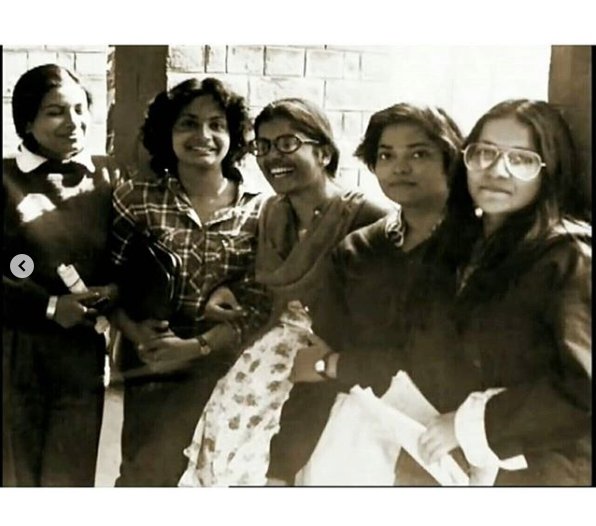
Basically, the idea was to have a well-educated wife from a good college, who forgets everything she has learnt as soon as she gets married.
The history of these colleges, and their role in women’s movement may have been the reason behind that.
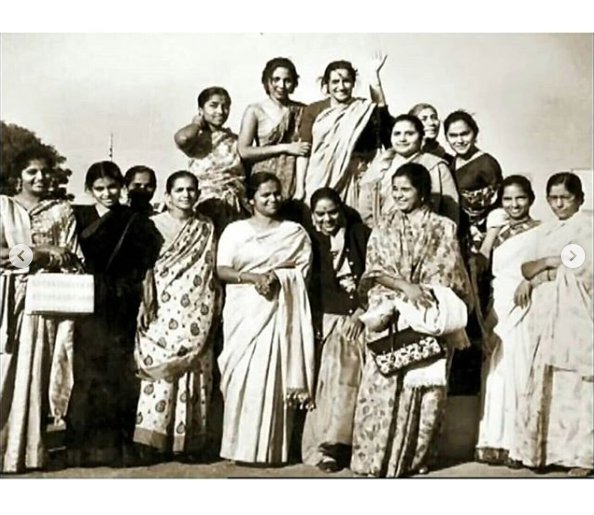
Diving into history, the post mentions that the first women’s college in Delhi, Indraprastha College for Women (IPCW), was started on request of Annie Besant, who stressed that it was important that women got good education and expanded their horizons.
In May, 1904, Annie Besant, president of the Theosophical Society wrote a letter emphasising the importance of women’s education to the secretary of the local branch of the society, Lala Balkishan Dass.
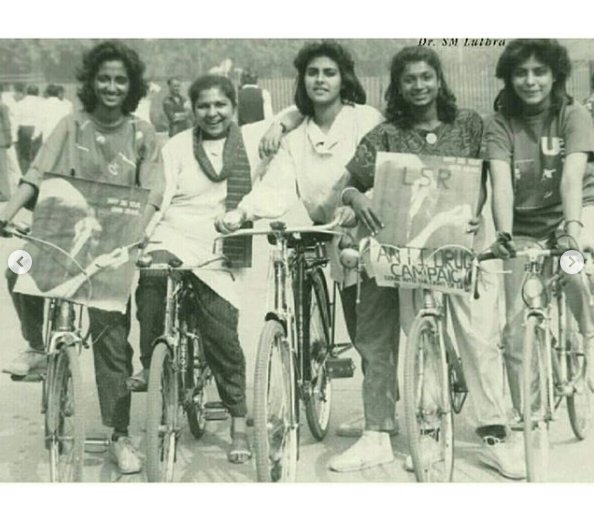
Her request was accepted and soon, Indraprastha Putri Pathshala, was opened on May 20, 1904.
Indraprastha Putri Pathshala, an all-girls school, was opened on May 20, 1904, in two rooms of a haveli of Chippiwara near Jama Masjid. By 1924, it developed into the first women’s college of the city, Indraprastha College for Women.
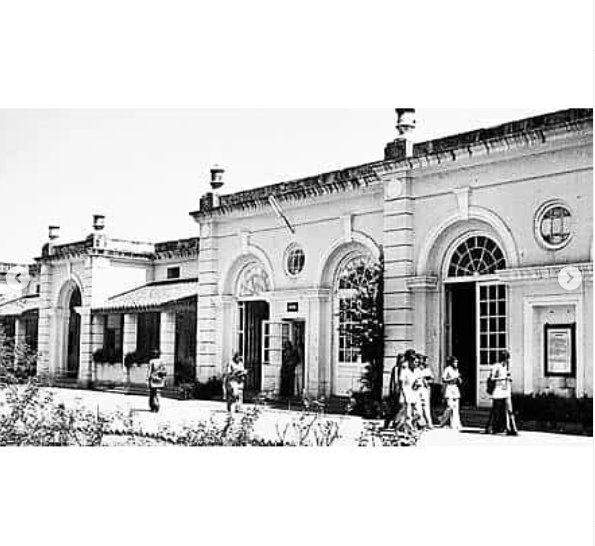
That was just the start as many women’s colleges were built in years to come. These included: Miranda House in 1948, Lady Shri Ram College (LSR) in 1956, followed by Kamala Nehru College, Gargi College, Maitreyi College, etc.
As an alumna of one of these institutions (Indraprastha College for Women), I know very well how exactly the reservations against women from these colleges manifest themselves.
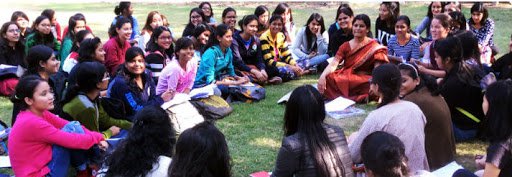
Ye toh dharne pe baith jaayegi (she will sit on a strike).
This line is thrown at you as if sitting on a strike is wrong and fighting for your rights, being unreasonable.
And if you come from some other city, there are taunts you constantly have to hear. Such as: ‘Un ladkiyon ki tarah matt ban jaana‘ (don’t become like ‘those girls’).
Well, I looked up to a lot of those girls and always will.
